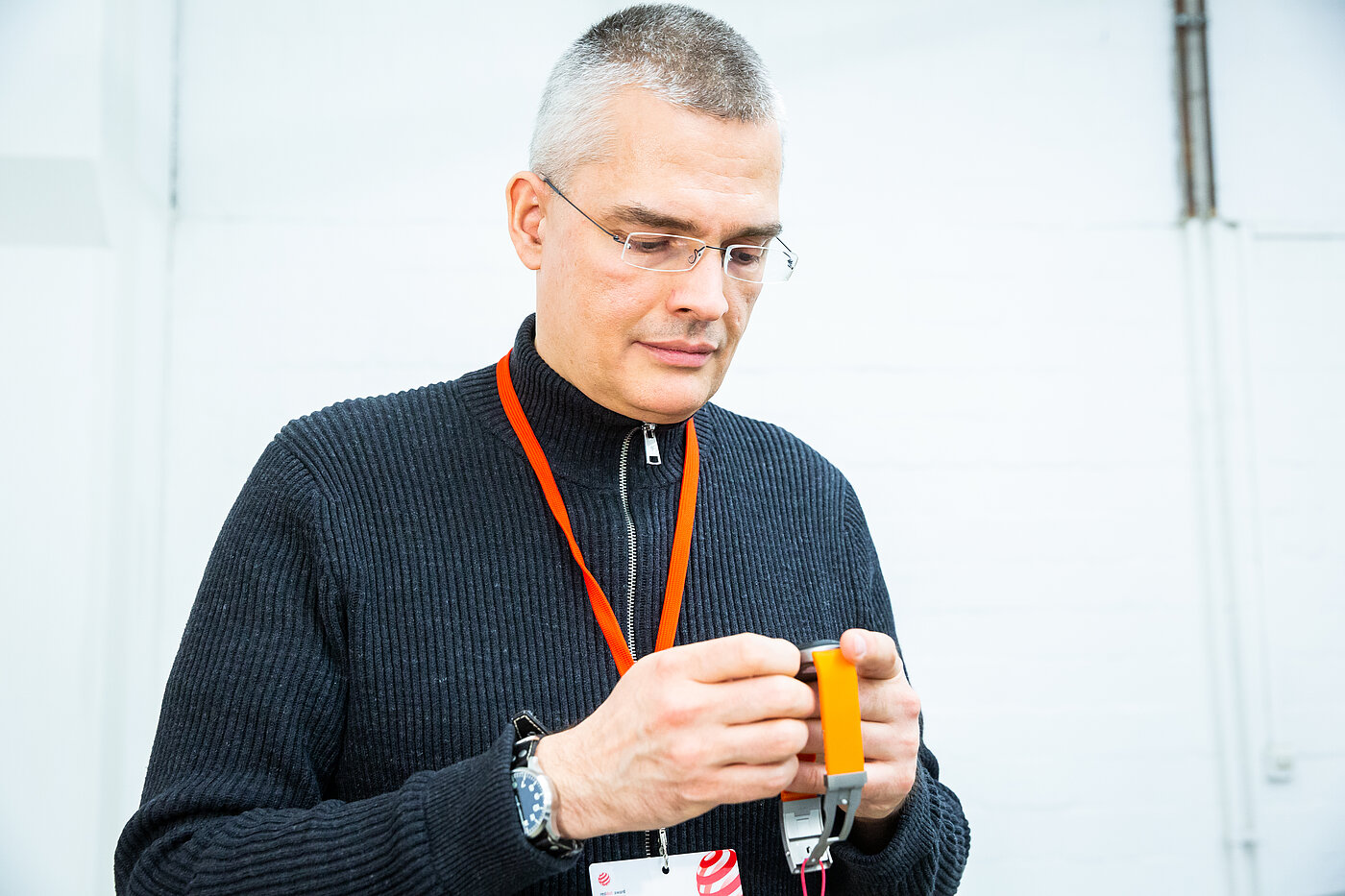Rüdiger Bucher
Rüdiger Bucher, born in 1967, graduated in political science from Philipps-Universität Marburg and completed the postgraduate study course “Interdisciplinary studies on France” in Freiburg, Germany. Since 1995, he was in charge of “Scriptum. Die Zeitschrift für Schreibkultur” (Scriptum. The magazine for writing culture) at the Verlagsgruppe Ebner Ulm publishing house where he became editorial manager of Chronos, the leading German-language special interest magazine for wrist watches in 1999. As chief editor since 2005, he has positioned Chronos internationally with subsidiary magazines and licensed editions in China, Korea, Japan and Poland. At the same time, Rüdiger Bucher established a successful corporate publishing department for Chronos.
Since 2014, he has been editorial director and, in addition to Chronos, is also in charge of the sister magazines “Uhren-Magazin” (Watch Magazine), “Klassik Uhren” (Classic Watches) and the New York-based “Watch-Time”. Rüdiger Bucher lectures as an expert for mechanical wrist watches and is a sought-after interview partner for various media.

Red Dot in an interview with Rüdiger Bucher
Red Dot: What fascinates you about watches?
Rüdiger Bucher: The fact that they manage to show the time with a precision of 99.99 per cent – often completely by mechanical means. Also, that the technology and design history of major brands, which are often over 150 years old, is encapsulated in such a small space.
What three qualities must a watch have in order to persuade you of its merits?
It must evoke strong emotions, be instantly recognisable, and easy and fast to read.
How do you proceed when evaluating products?
I check whether the design is new and unique, if the proportions are correct and if it is pleasant to wear. I also establish whether the design gets across the idea behind the watch and its function.
Do timeless aesthetics play a special role in watch design in particular?
Because luxury timepieces with their purely mechanical movements are based on centuries-old techniques, the iconic designs of yesteryear also play an important role. I describe something as being timeless if it isn’t deliberately intended to have a retro look but has a powerful, recognisable and unique (basic) design that can be reinterpreted by the brand in every new era. There are in fact many examples of this. The Bulgari Bulgari with its double logo on the bezel, which was designed in the 1970s, is an excellent example of an iconic watch, even though it’s comparatively young.
